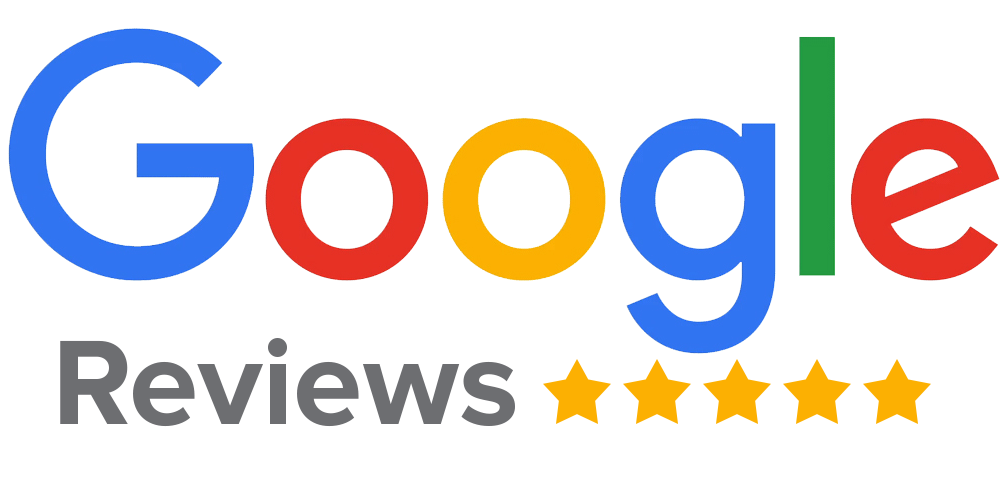What Is Paint Correction? A Complete Guide to Restoring Your Vehicle’s Finish
If you’ve noticed swirl marks, light scratches, or a dull, hazy finish on your vehicle’s paint, you’re not alone. These imperfections are common, especially on cars exposed to the elements or washed improperly. The good news? Paint correction can restore your vehicle’s finish to a deep, glossy shine — often better than new.

If you’ve noticed swirl marks, light scratches, or a dull, hazy finish on your vehicle’s paint, you’re not alone. These imperfections are common, especially on cars exposed to the elements or washed improperly. The good news? Paint correction in Toronto can restore your vehicle’s finish to a deep, glossy shine — often better than new.
At Precision Performance Films, we specialize in professional paint correction services that bring your car’s exterior back to showroom quality. Here’s everything you need to know about this important process.
What Is Paint Correction?
Paint correction is a detailed process that involves removing or reducing surface imperfections such as swirl marks, scratches, oxidation, water spots, and etching from your vehicle’s paintwork. This is typically done through a combination of machine polishing and compounding, which levels the clear coat and restores clarity and gloss.
Why Does Paint Correction Matter?
- Improves Appearance: Paint correction eliminates unsightly defects that make your car look older and worn out.
- Restores Depth and Gloss: By smoothing the surface, paint correction brings out the rich depth and vibrant shine your paint originally had.
- Prepares Surface for Protection: It creates an ideal surface for applying wax, sealants, or ceramic coatings, allowing them to bond better and last longer.
- Maintains Vehicle Value: A flawless finish boosts resale value and reflects well on how well the vehicle has been cared for.
Common Paint Defects Addressed by Paint Correction
- Swirl Marks: Circular scratches caused by improper washing or drying techniques.
- Light Scratches: Shallow scratches that don’t penetrate the clear coat.
- Oxidation: Fading and dullness caused by prolonged sun exposure.
- Water Spots and Etching: Mineral deposits that mar the paint surface.
- Holograms: Buffer marks left by improper polishing.
How Is Paint Correction Done?
- Assessment: We inspect your vehicle’s paint under special lighting to identify defects.
- Cleaning and Decontamination: The surface is thoroughly washed, clayed, and sometimes chemically treated to remove contaminants.
- Compounding: A more abrasive polish removes deeper imperfections.
- Polishing: A finer polish is used to refine the finish and enhance gloss.
- Protection: Finally, we apply a protective layer like a ceramic coating or sealant to preserve the results.
Is Paint Correction Safe?
When performed by professionals, paint correction is safe and highly effective. It requires skill and experience to avoid over-polishing, which can thin the clear coat. At Precision Performance Films, our trained technicians use the latest tools and techniques to ensure your vehicle’s finish is restored without compromise.
How Often Should Paint Correction Be Done?
This depends on your vehicle’s condition and how it’s cared for. Some vehicles may need correction once every few years, while others may require more frequent attention. Regular maintenance washes and paint protection coatings can reduce the need for correction.
Trust Precision Performance Films for Expert Paint Correction in Toronto
If your vehicle’s paint is showing signs of wear, don’t wait until damage worsens. Our expert team at Precision Performance Films can bring back that flawless finish with precision paint correction.
Contact us today for a consultation or to schedule your paint correction service.
Get a Quote for Paint Protection Film Today


.svg)

.svg)
.jpg)











